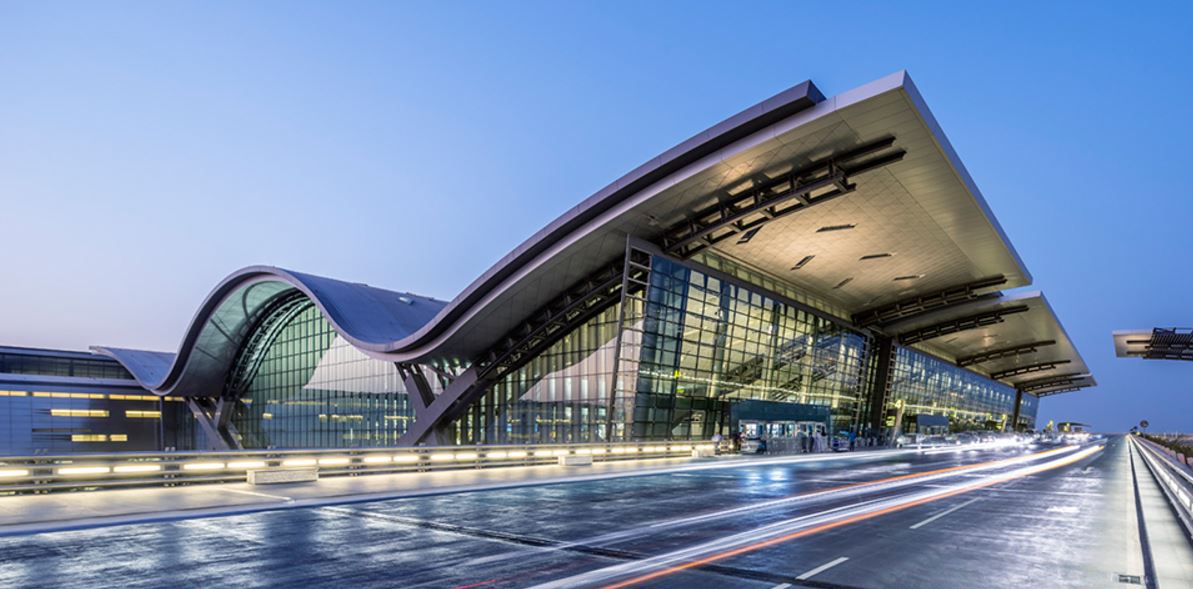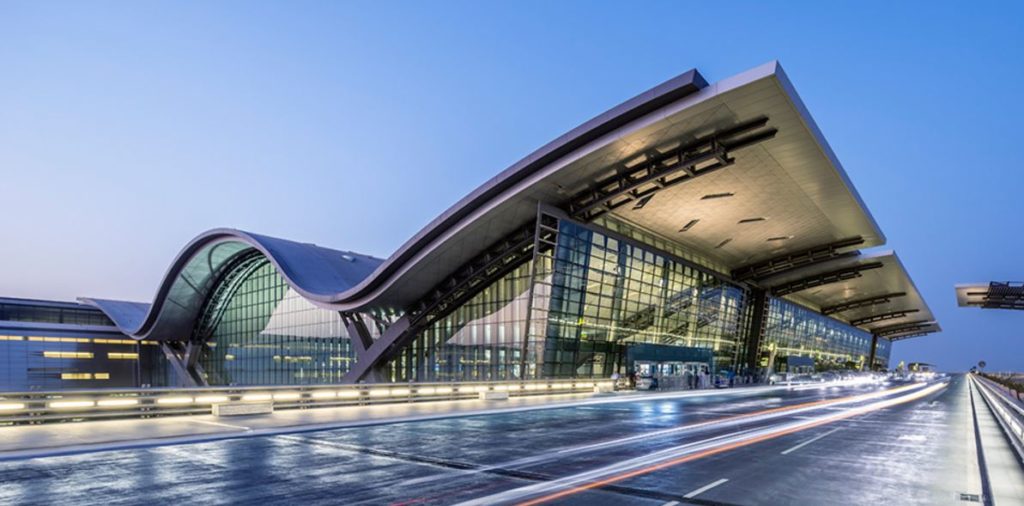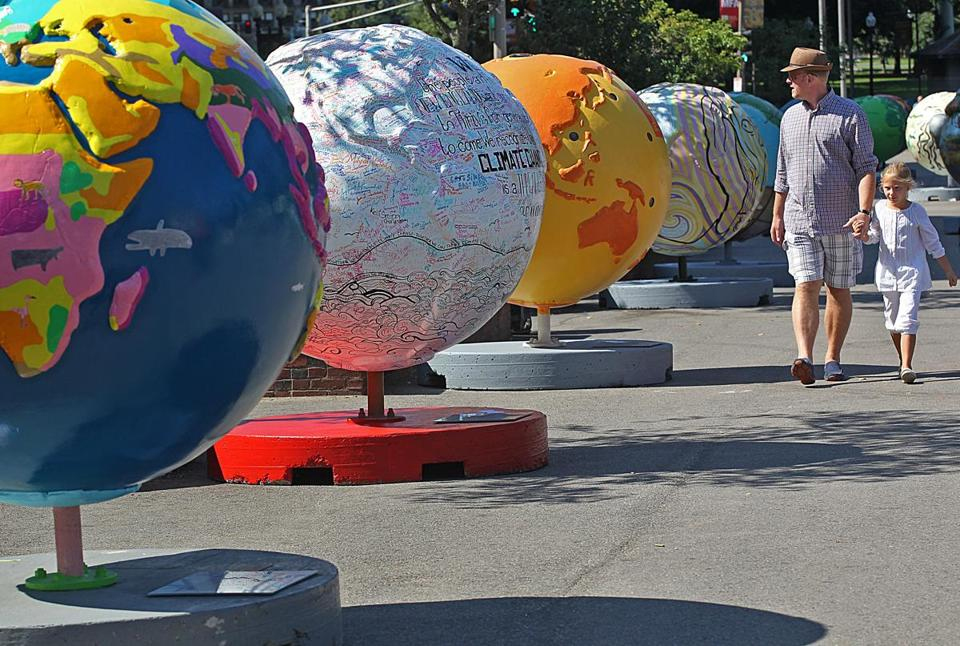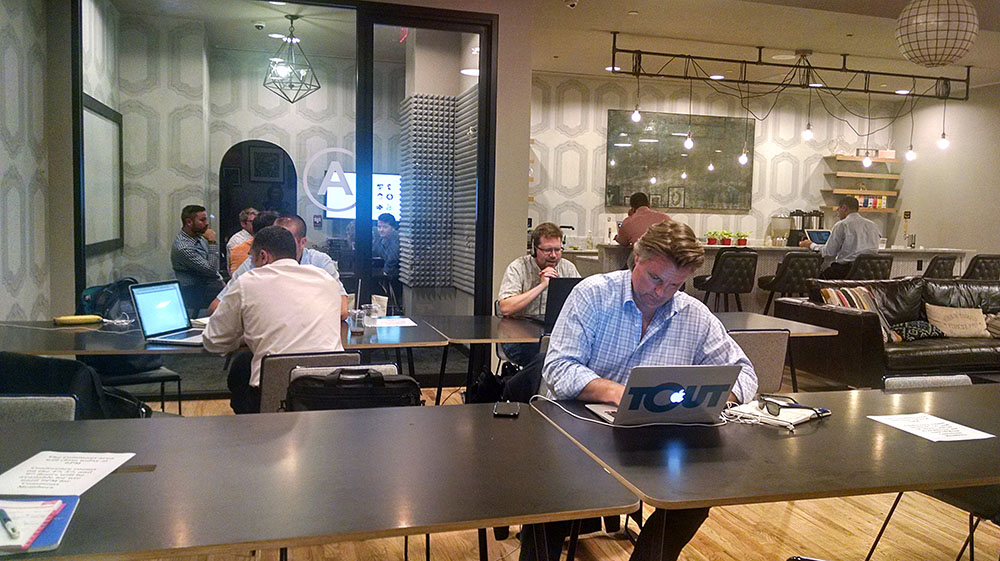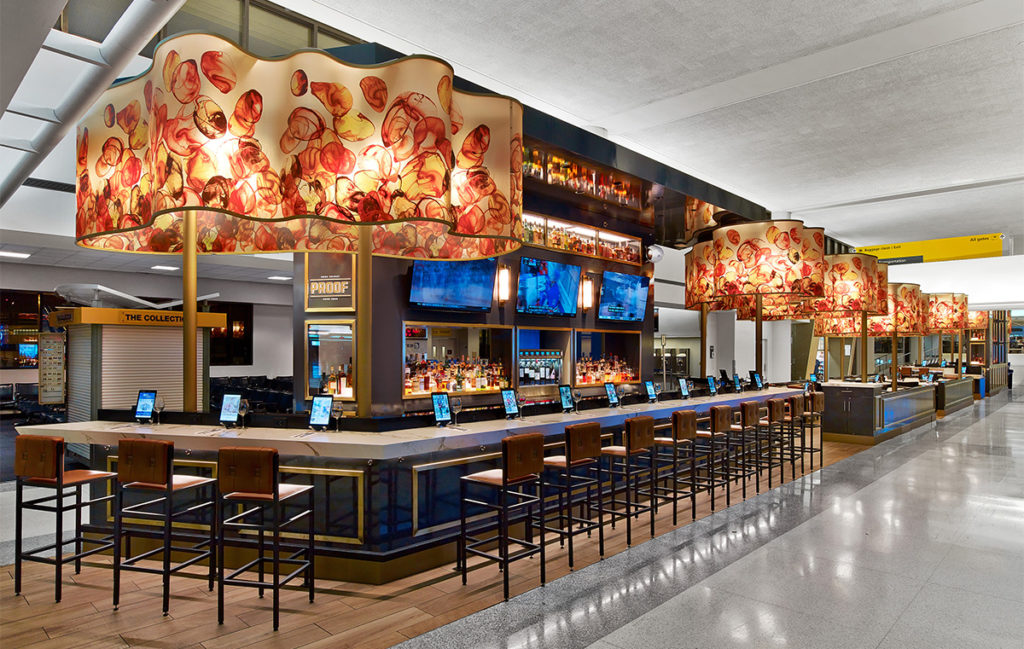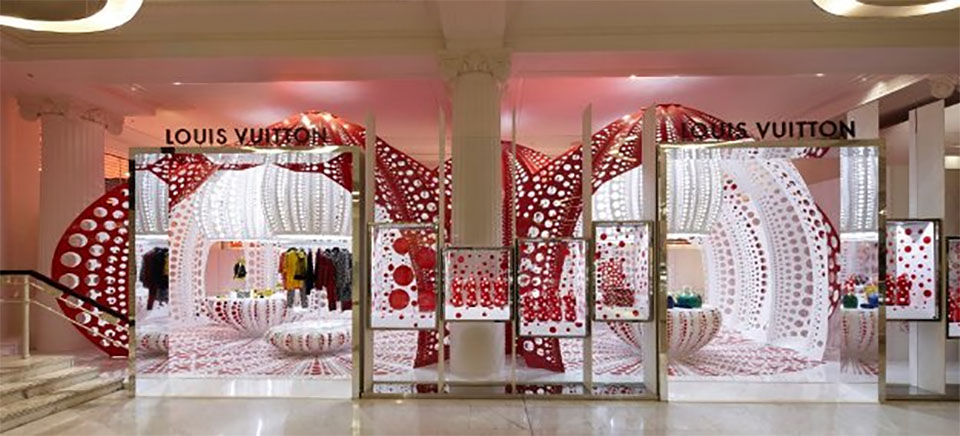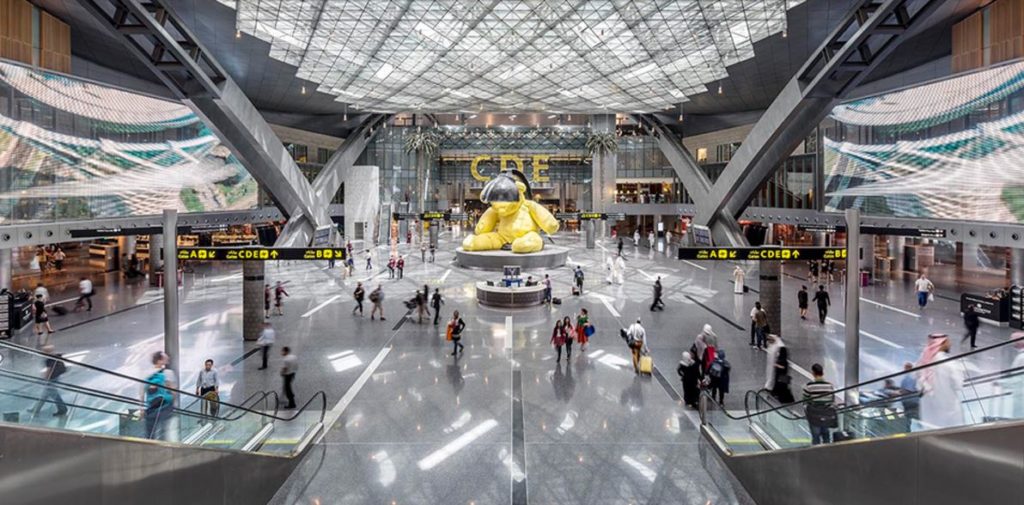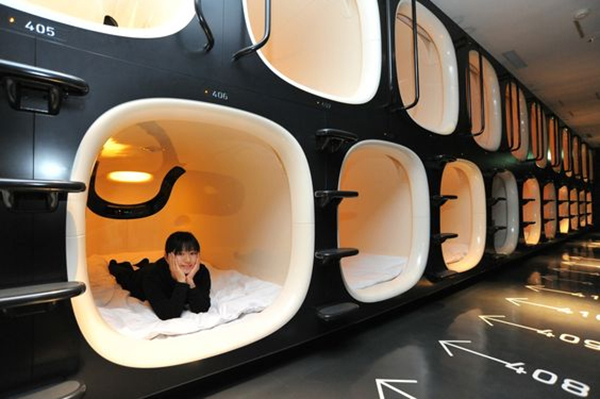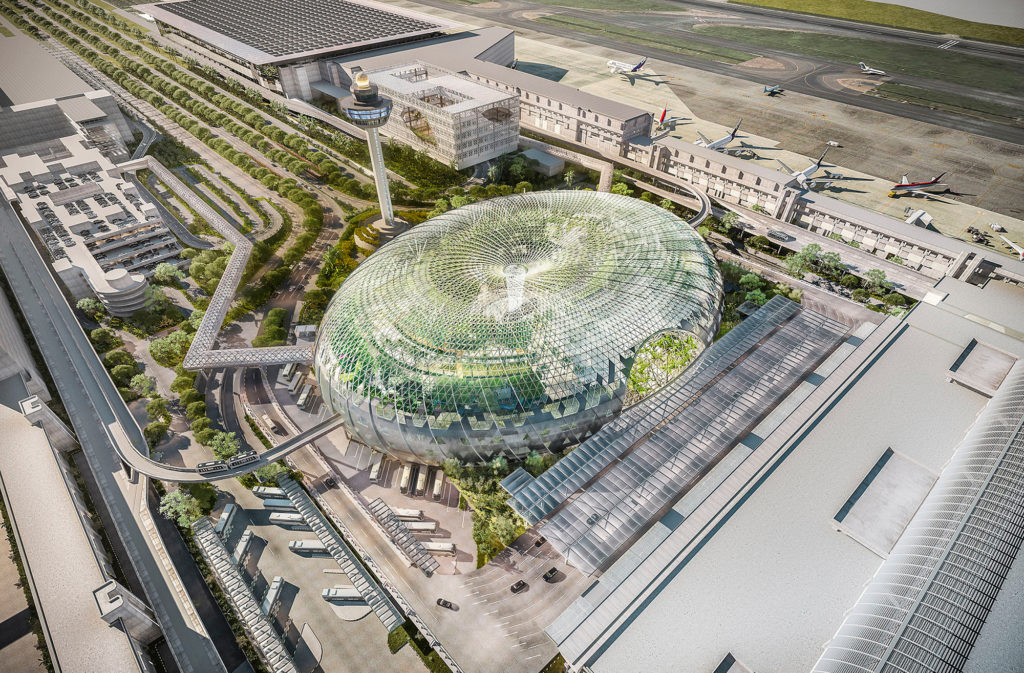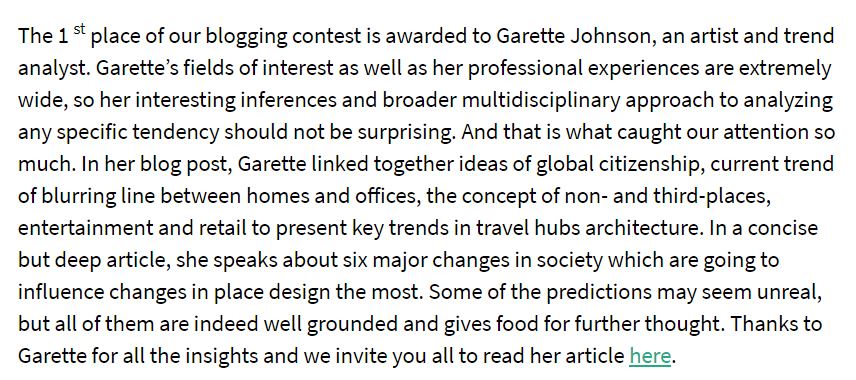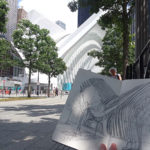Designing for the Future: Trends We Need to Consider Now
Designing for the Future: Travel Centers as Culture Hubs
I am writing a series of posts exploring the topics of art, retail and hospitality trends influencing the design of Travel Centers as Culture Hubs. This post about trends affecting architectural design is a part of the Design Blogger Competition organized by CGTrader and a perfect opportunity to introduce key trends defining the future of design and curation of culture into transportation centers. Key themes include movements in Global Citizenship, Connectivity, Non-Place vs. Third Place, Retailtainment, Art & Culture, Health & Wellness and of course, the Unknown.
(Update 8/17: This post won 1st place in the CG Trader competition. Read about the winners here.)
Global Citizenship
Global air travel has increased 6.5% from 2014 to 2015, despite a weak economy, travelers are benefiting from cheaper airfare with a growing appetite for travel. Asia- Pacific regions accounted for one third of the total annual increases according to this report. The statistics validate the growth of business travel while there is also an increased desire to travel for the global minded Millennial and Gen-Z generations. As a member of the forgotten/ignored Generation X (latchkey kids) I must also register that I’d rather travel than buy a house or make mini-me’s. Evolutionary proof that our global economy is accelerating while demographic data gives way to psychographic analysis.
Connectivity- Home & Office
With flexible schedules counted in popularity among work benefits and advanced job positions requiring “on the ground” work, commuters are spending large amounts of time between home and office. Wi-Fi connectivity allows us to communicate from any hot-spot and transfer Hi-Fi information quicker than ever. We are free to move about in our workday lives so we need touch points in-between home and office. Naturally, amenities and creature comforts beyond the basics become a new foundation to design. We Work, Breather and LMHQ are co-working spaces building global networks to satisfy this growing need. In the next few years, we will likely see co-working spaces taking up real estate in transit hubs and airports.
“Non-Place” vs. “Third Place”
I first heard the notion of “Non-Place” at the Decoded Fashion Summit in 2015. AutoGrill’s Architecture Director Stefano Carmi presented a vision for the future. “From Non-Place to aerotropolis, the airport-come-city welcomes the fusion of luxury, art and technology at the service of travelers looking for leisure time during layovers.” I heard the term again June, 14th 2017 at an AIANY panel discussion when Robert Chicas SVP Global Director of Aviation and Transportation at HOK, so poetically illustrated the non-place. “…A passenger in a state of limbo on passage from one place to another… begin neither here nor there…this space is an opportunity for experiences… a welcome moment of pause.”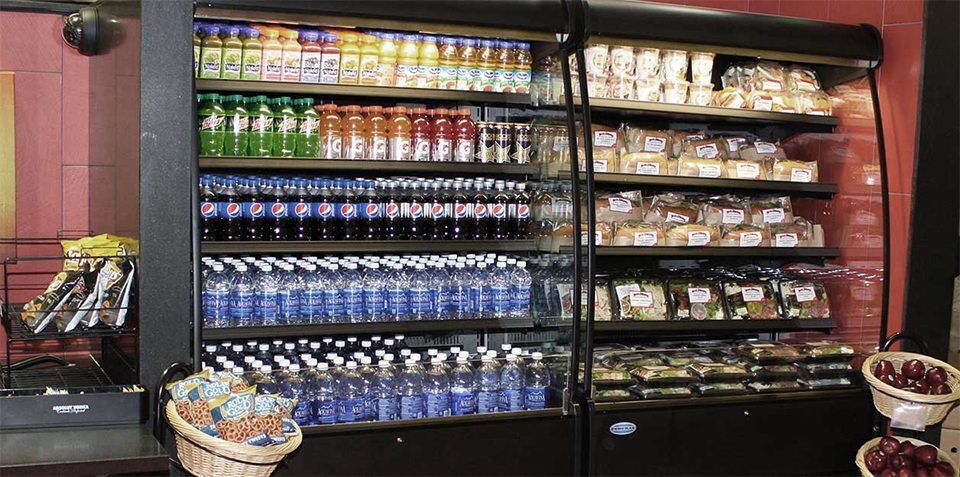
Sociologist, Ray Oldenberg refers to this type of space as the “Third Place” a social setting distinct from both home (the first place) and work (the second place). Historically, people flock to places of reprieve with a sense of community in the likes of coffee shops or pubs. The concept of third place isn’t new; but it’s new within travel centers.
David Zaccheo, Associate Principal and Studio Leader at Rockwell Group, discussed the implications of culture as a result of creating a well design social and public space within transportation centers. Like the beauty of a big city, this constant flow of activity and interaction creates it’s own broadly defined culture. David said this shift is only beginning with hospitality leading the charge in unique experiences surrounding food and beverage in the form of concept cafes.
Retailtainment
As department stores and retail in general continue to struggle with attracting foot traffic, transportation hubs might well be the PB to retail’s sticky jelly sandwich. Architect Matt Honegger, discusses airports transformation to shopping malls in this 2013 article for Airport World Magazine. Part of retail’s problem, especially for department stores, is that the outdated layout still assumes the customer is in a browsing mindset. The modern consumer has done her research, only entering the store when she knows what she wants. The lion’s share of impulse purchases are revolving around experiential product displays. Airports are a perfect vessel for both browsing and discovery in addition to duty free shopping.
Art & Culture
The democratization of art emerged from the 60’s as a movement to bring art into our every day experiences, empowering every person to judge for themselves it’s value and place in his/her lifestyle and culture. As artists embraced modern vehicles to distribute their work to broader audience, pop-culture and mass-media hijacked the art world from it’s academic gate keepers. Evidence of this trend can be seen in public spaces around the globe as installations by Jeff Koones became public events and Urs Fischer’s ‘Untitled Lamp Bear‘ became a permanent fixture that define its location.
Academia is finally joining the party as curators are hired by organizations to assemble regular public installations. Kathy Greenwood, Director of the Art & Culture Program and Albany International Airport has gained national recognition for the quality and scope of its presentations. Kathy has been instrumental in curating exhibitions as well as overseeing the award winning retail enterprise Departures: The Shop of Capital Region Museums. Her contributions created a distinct culture to an airport that is now considered a destination in and of itself.
Health and Wellness
Constant connection, going and doing fueled by our technology and ambition to make a better future leads to burn out. Constant demands for our attention, work/life balance and a nation wide obesity crisis are calling for a lifestyle redesign. A healthful and human centered design focus has become part of the conversation in many professional organizations including the AIA. We are often somewhere between home and office, self-care trends pivoted from home spa to localized oasis centers. Travel hubs are following suit as Chicago O’Hare International, San Francisco International and Heathrow in London include gyms and “quiet rooms” for meditation and yoga among their amenities. Phoenix Sky Harbor International offers a fitness trail with views overlooking mountains and parks. Transit hubs are even planting green spaces. Abu Dhabi International Airport has installed sleeping pods.
The Future Ain’t What it Used to Be
Robert Chicas at HOK offers predictions for the future in this interview while observing that the future is always changing. Speculation is our guide through the process we consider these concepts as we apply our skills to future design. Building culture and sense of place into travel hubs goes a long way toward bridging the gap of non-place. How can YOU advocate some of these concepts in your industry or field of study right now? I’d love to hear your perspective, join the conversation with #designingforfuture or leaving a comment below. Send a message garrott@garrottdesigns.com.
As mentioned, this blog post won 1st in the Design Blogger Competition organized by CGTrader. To share this post on social media, use #designingforfuture to join the conversation with a community of thought provoking designers. Here is what CG Trader had to say.

